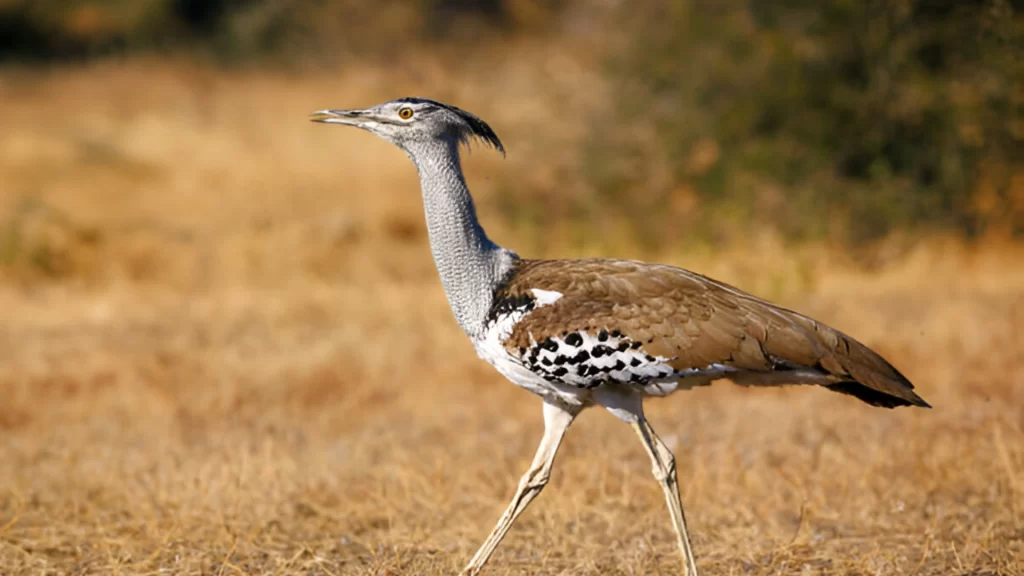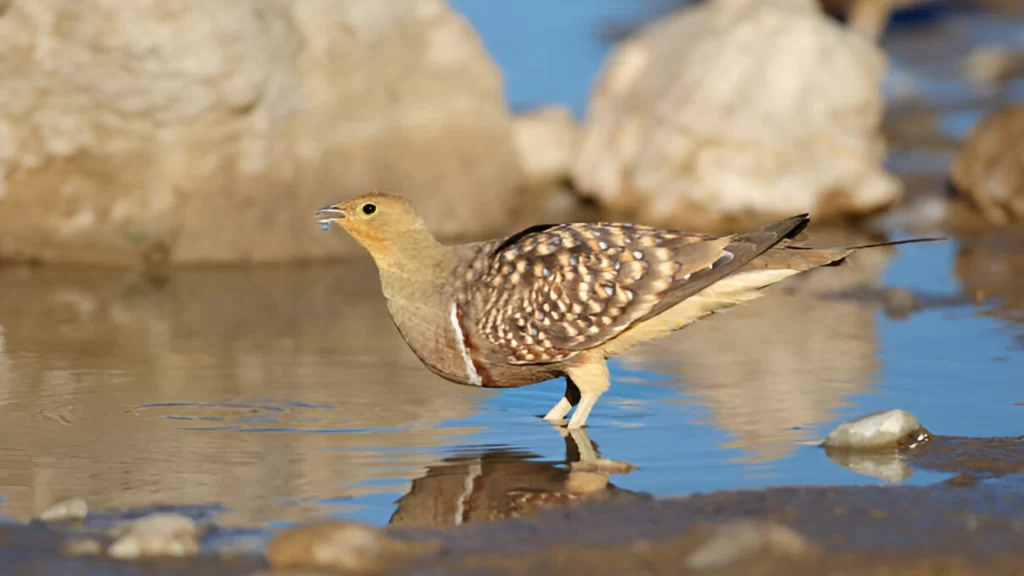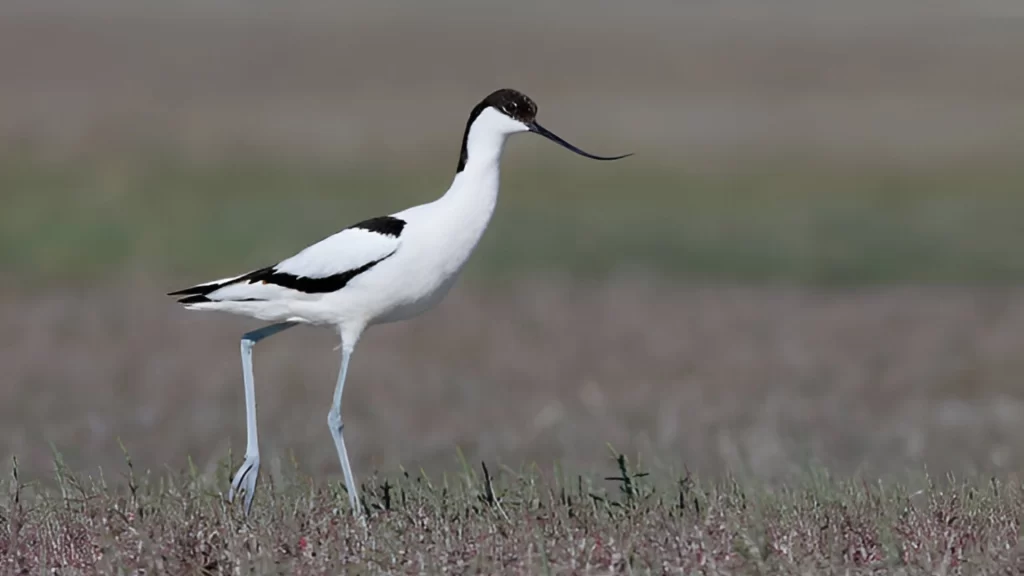Lake Natron, located in northern Tanzania Arusha Region, stands as one of Africa most unique and visually striking natural wonders. This highly alkaline soda lake, fed by mineral-rich hot springs and the Ewaso Ng’iro River, creates an otherworldly landscape of vibrant reds, oranges, and pinks. Furthermore, its intense chemical composition and extreme temperatures make it an inhospitable environment for most life forms. Nevertheless, it thrives as a critical breeding ground for a very specific species. This shallow lake, often less than three meters deep, truly captivates visitors with its stark beauty and ecological significance.
Lake Natron’s Vital Role for Flamingos
What makes Lake Natron so famous? Primarily, it serves as the single most important breeding site globally for lesser flamingos. Millions of these elegant birds converge here, especially during the dry season, to nest and raise their young on the salt crusts that form islands within the lake. Consequently, the caustic water protects their nests from predators, creating a secure haven. Moreover, the lake’s unique algae and cyanobacteria provide the essential food source that gives the flamingos their characteristic pink hue. Witnessing vast pink clouds of flamingos against the backdrop of the vibrant red lake and the towering Ol Doinyo Lengai volcano—Tanzania active “Mountain of God”—offers an unparalleled spectacle. Ultimately, this vital ecosystem supports an incredible avian population, a testament to nature’s adaptability.
Exploring the Landscapes Around Lake Natron
Beyond its flamingo population, the area surrounding Lake Natron offers an array of incredible experiences. For instance, trekkers often use the lake as a base for climbing Ol Doinyo Lengai. This active volcano presents a challenging ascent. Climbers then enjoy panoramic views of the Rift Valley and the shimmering lake below.
Additionally, the region provides opportunities for cultural interactions with the Maasai communities who inhabit the land. You can visit traditional Maasai bomas. Learn about their customs, and participate in guided walks to local waterfalls and hidden gorges. Therefore, the rugged, remote beauty of the terrain around Lake Natron makes it a perfect destination for those seeking adventure away from more conventional safari routes. Finally, while visiting this unique environment, remember its delicate nature. Respect local guidelines to preserve this extraordinary place for future generations. A trip to Lake Natron promises an unforgettable glimpse into one of Earth’s most dramatic and vital ecosystems.



















